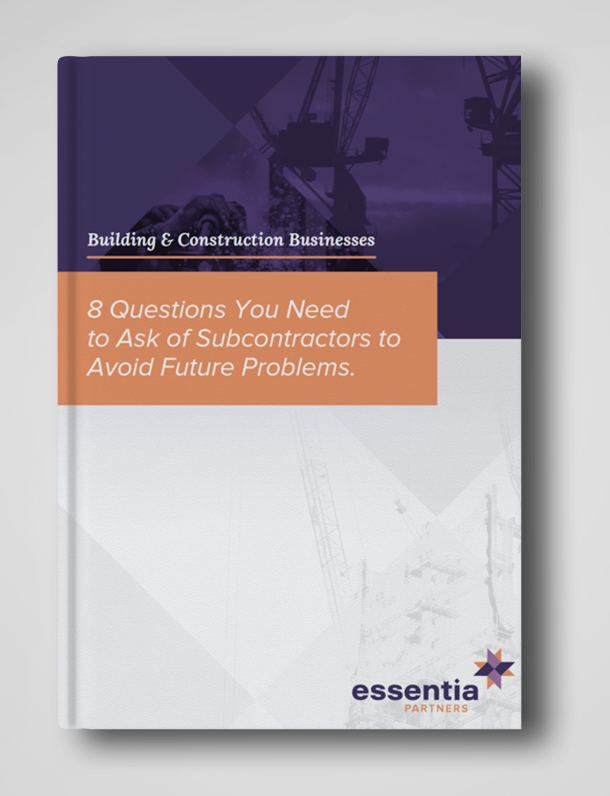
- IN Community
Retentions in commercial contracts: 7 steps for subcontractors to actively manage retentions in the construction industry
Retentions are common features of commercial contracts in the Building and Construction Industry. Designed to protect the head contractor from defective work or late completion of work, a contract may allow for the head contractor to deduct an amount from the payment of the subcontractor’s progress claim and retain it for a set period of time.
Retentions also give the subcontractor the ability to fix defects themselves, rather than the more costly alternative of the head contractor engaging other subcontractors to fix defects.
With tight profit margins and cash flow a common issue for many subcontractors, it is vital to manage retentions well.
Practical Completion versus Defects Liability retentions
Retentions held through to practical completion are often distinguished from, and can be different to, the defect’s liability period.
Defects liability is a set period of time (usually 12 months) after practical completion, where retention is still held as security for the subcontractor attending to defects that become apparent.
A typical retention clause may allow for retention of 10% of each contract claim up to a sum of 5% of the contract value. The value of the cash retention may be kept at 5% through the defect’s liability period, or the contract may allow for retentions to be reduced to 2.5% of the contract sum, or exchanged for a bank guarantee at practical completion.
7 steps to actively manage your retentions
1.Know your contract
Can you or should you negotiate a different retention to what is in the head contractor’s contract?
2.Consider your cash flow
Will the retention from your progress claims mean you will no longer have sufficient cash flow to complete the job? If your margin on the job is less than 10%, you will need to invoke some mitigating strategies to combat the cash retention held.
3.Bank guarantee instead of cash
Can you provide a bank guarantee rather than allow a cash retention? Bank guarantees can be a cost-effective option to cash retentions and having a bank guarantee facility can take much of the administration out of the process. A bank guarantee can be provided with the first progress claim, or could be swapped for a bank guarantee at practical completion. Alternatively, an insurance bond could be considered instead of a bank guarantee.
4.Account for retentions separately to debtors
Identify retentions in your internal accounting system separately from your normal debtors. This makes it easier to distinguish overdue debtors from retentions that are not yet due to be paid.
5.Track when retentions are due to be paid
Make sure any defects have been attended to and touch base with the head contractor before the retention is due to remind them of the outstanding payment.
6.Manage your own subcontractors
Consider whether withholding retentions on your own subcontractors would be appropriate.
7.Work closely with your Accountant
Consider the income tax and GST provisions that can align tax consequences with cash payment, not invoicing. Your accountant should be completely in touch with how your business operates and the accounting method used for long term construction contracts.
Contracts over $20m
Since 1 May 2015 the Security of Payments Act requires head contractors to hold cash retentions in a designated trust account, if the value of the project is over $20m.
Head contractors are required to report to Fair Trading within three months after the end of the financial year. This report includes outlining the amount of retention held in respect to each subcontractor.
For the head contractor this means that the retention cash itself is not available as working capital in their business. This makes sense because the cash is, in effect, ‘spoken for’. For the subcontractor this provides extra security that the cash will be available to pay the retention when it falls due.
Questions about retentions?
Whether you’re typically a head contractor or a subcontractor, if you have any questions about how to best manage retentions within your building or construction business, get in touch with us for an initial chat. It’s complimentary.


